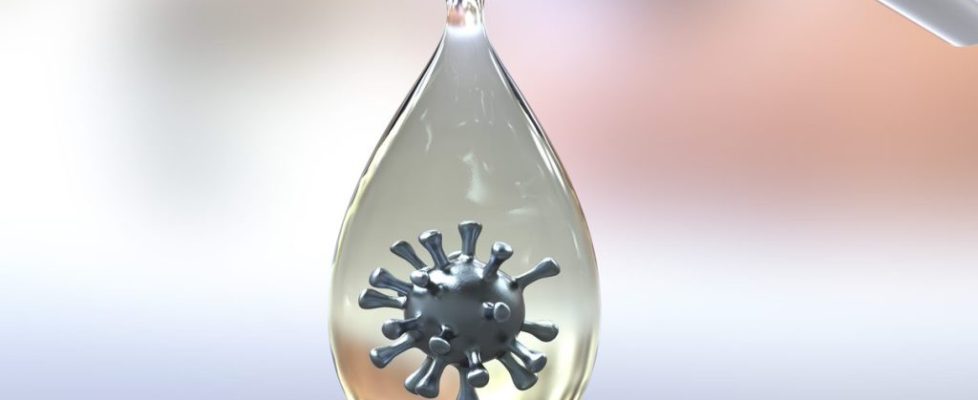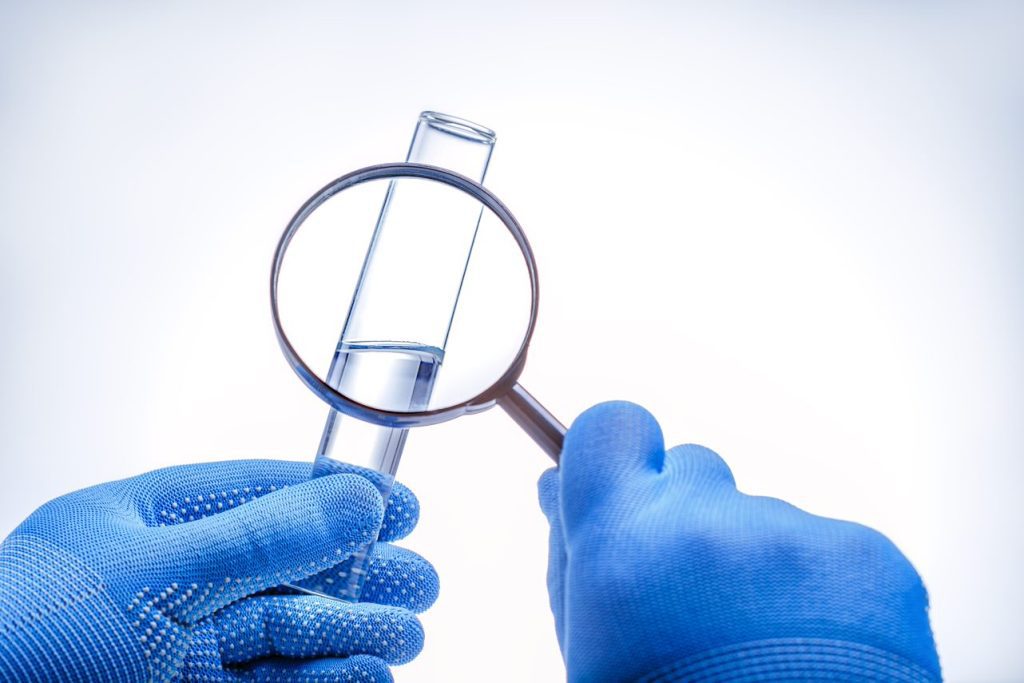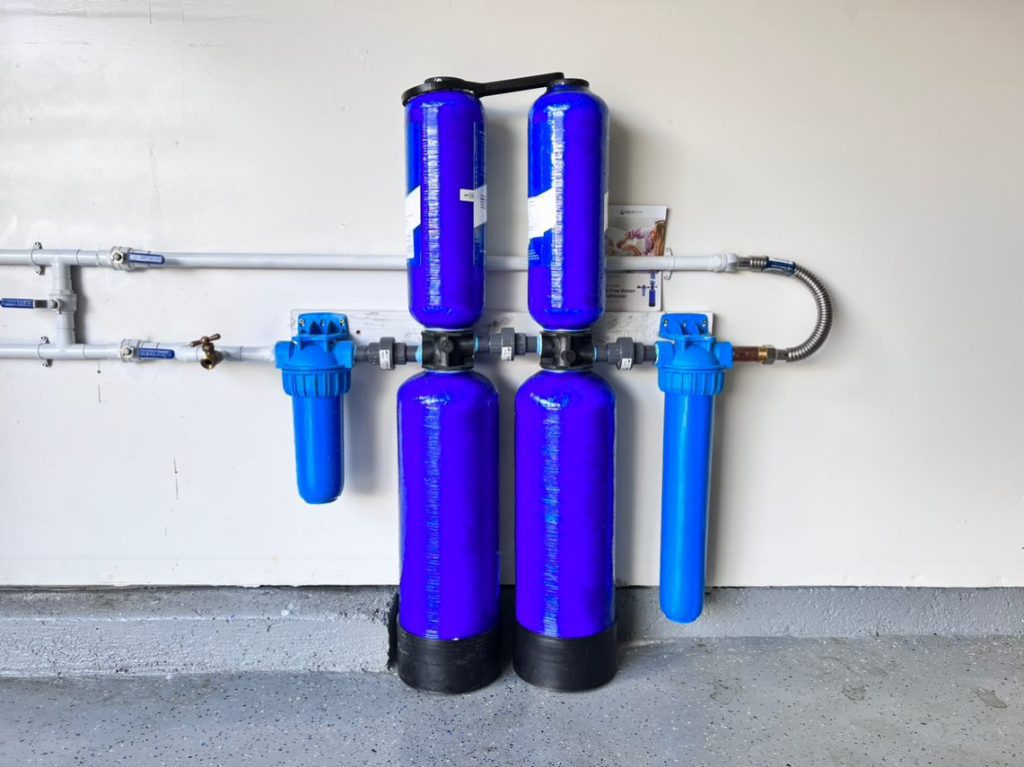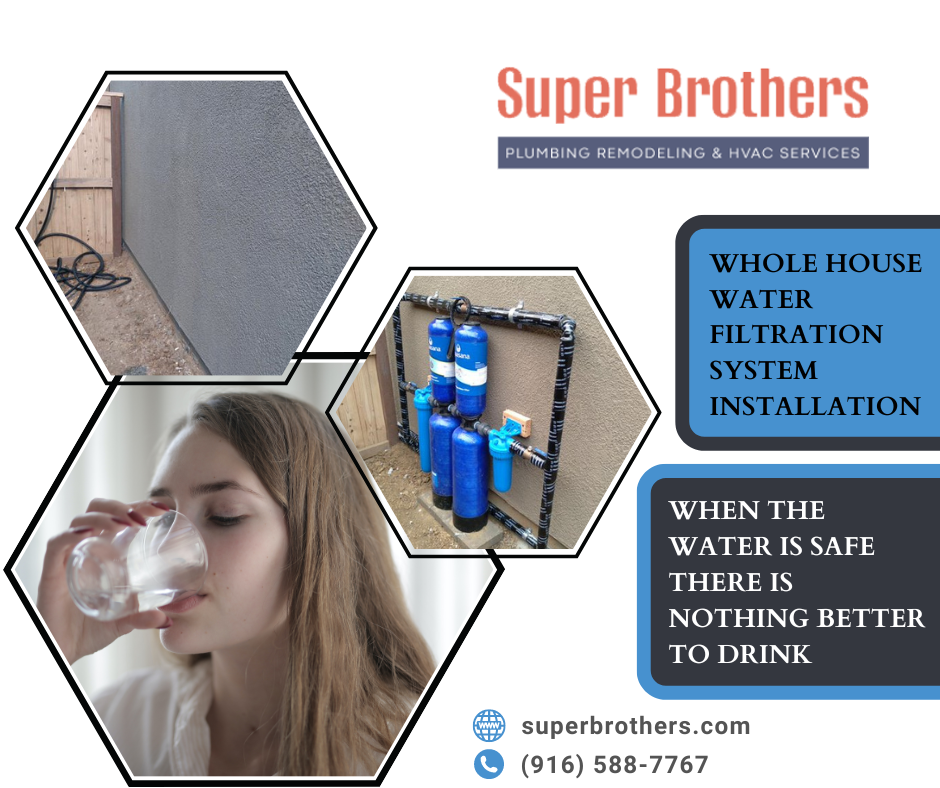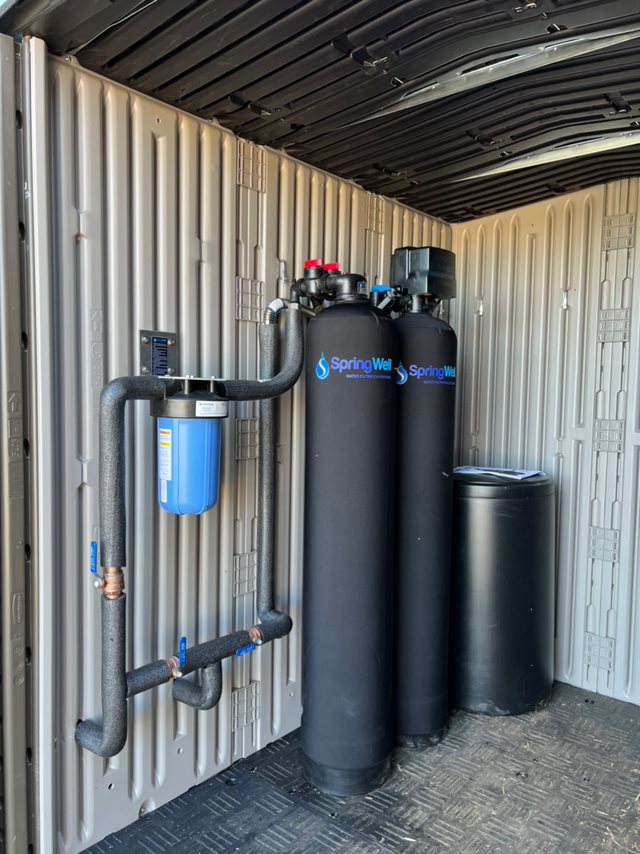Do you really know what you’re drinking?
Water Is essential for human life.Check out this important and quick article.
When I do re-piping of customers’ homes and I replace old, galvanized pipes, our customers are typically surprised by what they are seeing; they are amazed by how corroded the inside of the pipe is. They are glad they are going through re-piping their homes. Imagine, all the water they had been using was going through corroded pipes. It’s easy to go through your everyday life without giving thought to the water running through your house. It may do you well to take a minute and consider the condition of the water running through your house. I found myself reading the California State Auditor Report 2021-118, in which the Acting California State Auditor Michael S. Tilden states in her opening, “Nearly a million Californians face possible long-term, negative health outcomes—including an increased risk of liver and kidney problems, as well as cancer—because they receive unsafe drinking water from a failing water system.” Sometimes, it may not be the condition of the pipes in your home; it could be the source of the water being provided.
To give a brief history of how this report came to be. In 2012 California acknowledge water as a human right. Assembly Bill No. 685 Chapter 524, Section 106.3 (a) states, “It is hereby declared to be the established policy of the state that every human being has the right to safe, clean, affordable, and accessible water adequate for human consumption, cooking, and sanitary purposes.”. The key words that caught my attention are “affordable” and “adequate”. What is the standard used to determine if something is affordable or adequate? Just because something is written into law doesn’t mean it magically becomes true.
Progress is slow to act when it comes to government agencies. According to the STATE WATER RESOURCES CONTROL BOARD RESOLUTION NO. 2016-0010, “Effective July 1, 2014, the State’s Drinking Water Program was transferred from the California Department of Public Health to the State Water Resources Control Board (State Water Board).”. This resolution also declared water to be a human right in California as per Assembly Bill No. 685 to be a consideration and priority across all its (State Water Board) programs. Senate Bill No. 200, approved in 2019 is where action starts to happen. The bill allowed the State Treasury to fund the regulatory authorities and tools needed to try and meet the goal of safe drinking water for California. Senate Bill 200 allocated the funds needed to try and meet the goal of safe and affordable drinking water. It also required public water systems to provide reports to the state board. Senate Bill 200 is the reason we have the 2021 California State Auditor Report informing us of how the state is failing nearly a million Californians. After 7 years, there is a system in place now to test, report, and implement solutions needed to meet 2012’s declaration of safe, clean water a human right for Californians.ㅤㅤㅤ
ㅤ
There is now a large amount of information out there on the State of California’s drinking water. The following link may be of interest to get a quick summary of 2023’s finding so far: https://www.waterboards.ca.gov/drinking_water/certlic/drinkingwater/documents/needs/2023naexecutivesummary.pdf. If you follow the linked summary, we can see that the gears have started to move toward remedying the unsafe drinking water affecting a large portion of Californian’s. I believe it’s clear that we shouldn’t simply rely on our government to have our individual best interest. The state does well to provide us with water but we as the individual, as a concern parent can do our part to ensure our families are safe.
The first step is to get informed of your water situation. Luckily there is a dashboard for people to get informed on their water situation. If you follow the following link: https://calwaterquality.com/ , the webpage will help you understand your situation.
For instance, one of our employees is supplied by Carmichael Water District and we can see a green dot for IN COMPLIANCE. When I click on the dot, we can see further information.
We can see that while the water district is IN COMPLIANCE, arsenic was slightly above the maximum contaminant level. The following link: https://www.epa.gov/ground-water-and-drinking-water/national-primary-drinking-water-regulations#one will inform you on the standards the United States Environmental Protection Agency (EPA) has set for our drinking water. I do believe the set standards perhaps do constitute safe drinking water but when I think of
my family, I would rather be safe than sorry. I installed a whole house water filtration in my own home and encourage everyone to do the same for that peace of mind. I’m sure many of you have heard of PFAS (per- and polyfluoroalkyl substances), a chemical that are difficult to break down and is found everywhere, including our drinking water. A quick search will inform you that the EPA is in the process of regulating these chemicals, trying to keep track of production and disposal. I believe there is still no definitive information on how harmful PFAS can be. As history has shown, I believe after they manage to regulate PFAS, then a few years will pass before funding is allocated to try and remedy any problems found. I recommend not to wait; I recommend making and investing in yourself and your family and having a whole house filtration system installed. I also recommend considering re-piping your home if you have galvanized pipes supplying your water. Have that peace of mind when you turn on that faucet to take a shower, to clean your food, to brush your teeth, etc.
